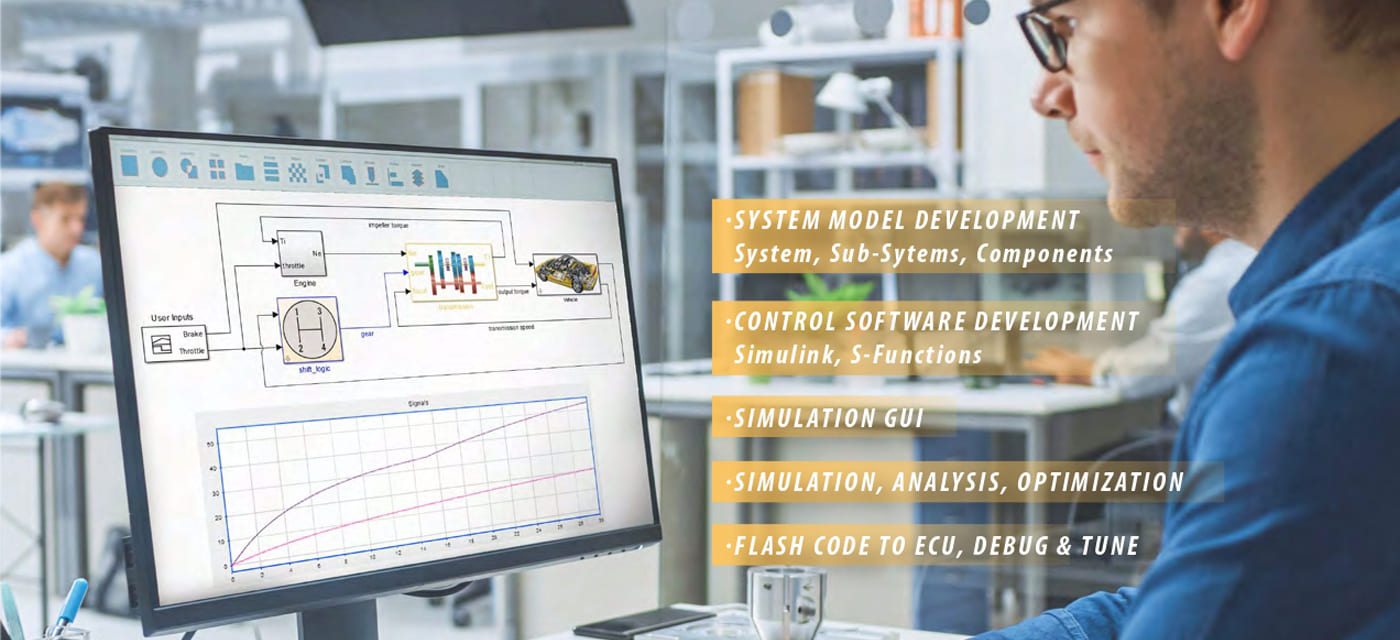
Fundamentals of MATLAB and Simulink
Building Mathematical Models:
MBD’s foundation rests on translating abstract concepts into tangible forms—an interplay of equations and symbols within MATLAB. MATLAB’s symbolic mathematics shapes models into Simulink-compatible elements, setting the stage for system realization.
Dynamic System Simulation:
Simulink transforms block diagrams in to an engineer’s playground, sculpting the behavior of dynamic systems. These graphical arrangements interconnect system components, choreographing a simulation-ready performance.
Control System Design and Analysis:
Simulink hosts the choreography of precision in control system design. Crafting algorithms and tuning controllers become artistic pursuits on a virtual stage. Engineers compose symphonies of responses, observing the harmony between stability and performance.
Model Validation and Verification:
Prior to the real-world debut, validation and verification take the spotlight. Simulations meticulously test scenarios and probe model boundaries, ensuring accuracy. This meticulous process guarantees a reliable performance.
Real-Time Code Generation:
MBD’s pinnacle arrives as virtual elegance transforms into reality. Simulink’s magic converts models to code, then to life. Embedded systems embrace the code, as algorithms infuse hardware with vitality.
Rapid Prototyping and Iteration:
Prototypes, swift and ephemeral, materialize in moments. Iteration is their rhythm, a dance between adjustments and insights. MBD offers engineers a pas de deux with time, fostering innovation through rapid cycles of modification, simulation, and refinement.